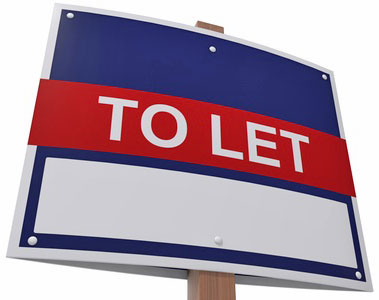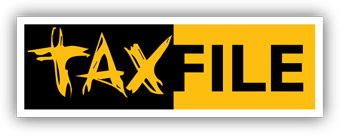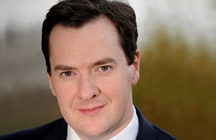As a business you can claim tax allowances, called capital allowances, on certain purchases or investments. This means you can deduct a proportion of these costs from your taxable profits and reduce your tax bill.
Capital allowances are available on plant and machinery, buildings – including converting space above commercial premises to flats for renting – and research and development.
Capital allowance on plant and machinery
You can claim capital allowances on:
• the cost of vans and cars
• machines
• scaffolding, ladders, tools, equipment
• computers and similar items you use in your business
• expenditure on plant and machinery
If you’re buying equipment, 25 % is the standard allowance for businesses each year. This will reduce to 20% from April 2008.
You can claim additional allowances in the first tax year after the expenditure was made. This is called first -year allowance. First-year allowances are a tax allowance you can claim on certain purchases or investments in the year you buy them.
Small businesses can claim first-year allowances of 50% for qualifying investments. Medium-sized businesses can claim 40%, and in certain circumstances both small and medium-sized businesses can claim allowances of 100 % (referred to by HMRC as Enhanced Capital Allowances for Energy-Saving Investments), in the year they make the purchase. However, for most plant and machinery, 25 % is the usual capital allowance. There are also allowances for investment in research and development.
Capital allowance on buildings
You can claim capital allowances on the cost of:
• constructing industrial or agricultural buildings, commercial buildings in enterprise zones, and certain types of hotel
• buying or constructing a building to use for a qualifying trade such as manufacturing or processing
• renovating or converting space above shops and other commercial premises to provide flats for rent – for example, money spent on building dividing walls or fitting a new kitchen
• converting or renovating unused business premises in a disadvantaged area on or after 11 April 2007
You cannot claim capital allowances on the cost of:
• houses, showrooms, offices and shops
• the land itself, such as buying the freehold of a property or acquiring a lease
• extensions, unless it provides access to qualifying flats
• developing adjacent land
• furnishing qualifying flats
The allowance for buying industrial and agricultural buildings is 4 %, in both the first and subsequent years. You can usually claim 100% of the cost of converting underused or vacant space above commercial property into flats or converting or renovating unused business premises in a disadvantaged area.
If you need to know more about capital allowances you can contact Taxfile‘s tax accountants in South London and they will make sure you make the best of your capital allowances in order to minimize your tax liability.
 HMRC are constantly reviewing who has and has not declared income properly from letting out property, whether that’s from short-term lets, long-term lets, holiday lets, letting rooms to students or to workforces. And with new, sophisticated, data sharing systems now in full force across many agencies, authorities, online, via tip-offs and surveillance, the Government has its sights on an estimated 1.5 million landlords who they think have under-paid tax.
HMRC are constantly reviewing who has and has not declared income properly from letting out property, whether that’s from short-term lets, long-term lets, holiday lets, letting rooms to students or to workforces. And with new, sophisticated, data sharing systems now in full force across many agencies, authorities, online, via tip-offs and surveillance, the Government has its sights on an estimated 1.5 million landlords who they think have under-paid tax.
 On 5 December 2013 George Osborne, Chancellor of the Exchequer, gave his Autumn Statement in Parliament. Key announcements included:
On 5 December 2013 George Osborne, Chancellor of the Exchequer, gave his Autumn Statement in Parliament. Key announcements included: HMRC (Her Majesty’s Revenue & Customs) has announced some new initiatives over the course of the last month and one of these is The Let Property campaign which is a campaign designed to recover undeclared tax from those receiving income from residential property lets. The idea is to encourage those landlords with under-declared income or gains (potentially including income tax, Capital Gains Tax and VAT) to contact them in order to make a full disclosure. By doing so they may well avoid the higher penalties which may be applied to them should HMRC discover the undeclared income/gains via other means. Don’t forget that they now have access to information shared across systems, including in relation to properties both at home and abroad, as well as being gained through their digital intelligence system ‘Connect’ which identifies links between individuals, entities and properties. So the message to landlords is loud and clear!
HMRC (Her Majesty’s Revenue & Customs) has announced some new initiatives over the course of the last month and one of these is The Let Property campaign which is a campaign designed to recover undeclared tax from those receiving income from residential property lets. The idea is to encourage those landlords with under-declared income or gains (potentially including income tax, Capital Gains Tax and VAT) to contact them in order to make a full disclosure. By doing so they may well avoid the higher penalties which may be applied to them should HMRC discover the undeclared income/gains via other means. Don’t forget that they now have access to information shared across systems, including in relation to properties both at home and abroad, as well as being gained through their digital intelligence system ‘Connect’ which identifies links between individuals, entities and properties. So the message to landlords is loud and clear!